WHO WHAT WHY
rebalance your body’s muscles, joints and connective tissues
WHO WE ARE
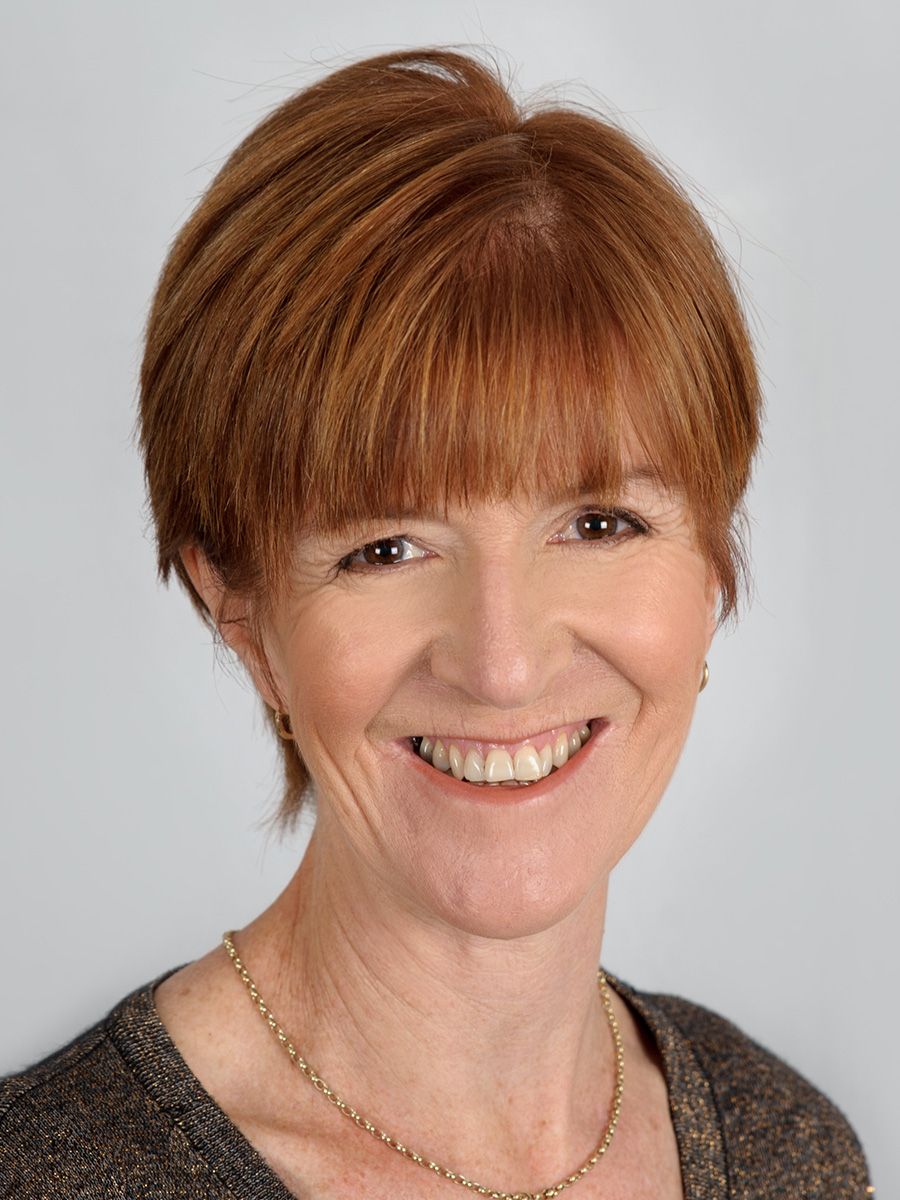
Dip Massage Therapy CCNM Cert. International NMT
I want to see everyone able to move well at every age.
The Clinic was borne of my desire to get people out of pain and moving well. It evolved over time – a compilation of knowledge through research, many courses and workshops, and not least my own injury.
As a long distance runner I developed an injury that saw me unable to even walk to the gate or carry, at the time, my young children. I say developed because there was no trauma, no accident, nothing to precipitate the pain I experienced constantly when I moved. After many visits to many professionals – doctors, physiotherapists, sports physiologists, chiropractors, osteopaths, podiatrists, acupuncturists, and musculoskeletal specialists, I had exhausted all avenues with no lasting relief.
I began to search for a way I could learn about anatomy and physiology to understand why my body wasn’t functioning and what could be causing the pain.
After fifteen years as a primary teacher I reduced hours to part-time teaching and spent two years studying Massage Therapy in Christchurch at the Canterbury College of Natural Medicine to learn Anatomy and Physiology. On graduating with a Dip. Massage Therapy I undertook a post–graduate course attaining an International Certificate in Advanced Neuromuscular Therapy. I left teaching altogether to focus on Neuromuscular and Massage Therapy completing many post-grad courses and workshops over the next few years in various manual therapies. I began my business under the name of Timaru Massage Therapy and worked in this vein for several years.
While these techniques gave relief to my clients, it frustrated me immensely that many would return with the same injury or pain. Something was missing. I was constantly reading, researching, looking for the missing link to get people out of pain – myself included. Getting myself moving pain-free was also a work in progress.
In 2002 I came across two men in the United States who worked with top-level athletes and questioned why they were getting injured despite their high skill and performance levels. These were people at the top of their games, still getting injured. What they discovered was that these athletes had dysfunctional basic movement patterns. These are the patterns we develop naturally as children into adulthood. However they can become disrupted through injury, pain etc. as we compensate to get around these. By restoring the natural movement patterns, the injury rate in the athletes they worked with reduced dramatically. I had the link!
I travelled to Sydney in the following two years – the first time the courses had been taught outside the U.S. – to learn these methods from these men, both high performance coaches, physical therapists, and university lecturers. The Functional Movement Screen (FMS) and Selected Functional Movement Assessment (SFMA) provide the link between functional movement and pain. How we move can create pain and dysfunction. Conversely, restoring correct natural movement patterns can make us functional and pain-free. Functional movement is movement that lets us function in life.
What do you do after you’ve had treatment – with any treatment provider? You move. What if we change how you move? What if we restore your natural movement patterns and therefore reduce your risk of injury or pain? We can change how you move.
Changing movement needs to be changed in the brain too. We call this motor control. Even when pain is no longer present, movement patterns have been altered and this has become your “normal”, your default pattern. Your brain recognises this as normal as it’s what has allowed you to keep functioning. This though is not “normal” – it’s your default pattern. Let’s change it.
I believe everyone at every age has the capacity, and should have the opportunity, to move well. I’m passionate about my vision. I want you able to move well and enjoy life whatever your age and activity level.
If you’re experiencing pain consider this – changing the way you move could change your life.

Who What Why
What we do
We use manual intervention techniques – massage therapy, neuromuscular therapy, trigger point therapy, dry needling, mobilisation, stretching, and movement to treat clients. We may treat the area of pain but we look for the dysfunction that is the cause of the pain. We find what has brought you to this state.
Consider this – if you’re driving your car and a red light begins flashing on your dashboard, do you take it to the mechanic and ask him to fix the red light? No. You ask him to find what’s wrong under the bonnet – in the system. Once this is fixed, the red light will stop flashing. Your pain is the red light. If we don’t fix what’s wrong in the system, the pain will return. We find the dysfunction that is the cause of the pain and return it to full function. We minimise your risk of injury.
We are not physiotherapists
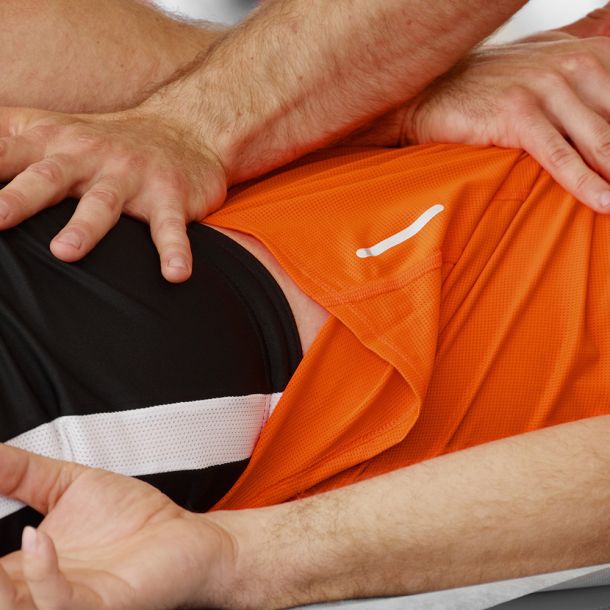
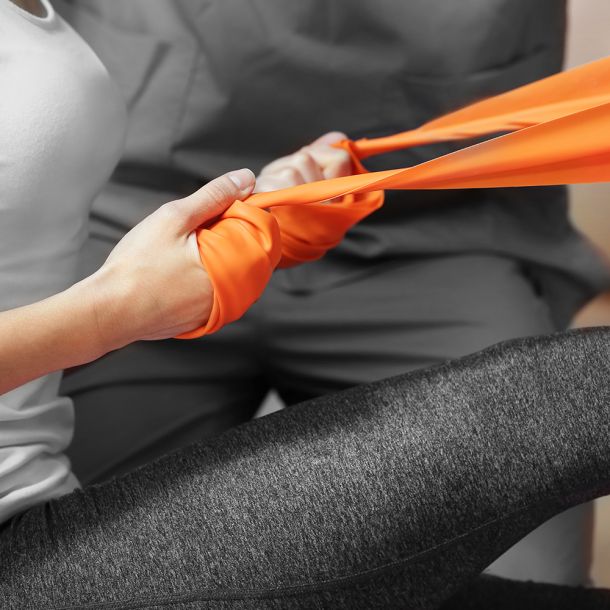
WHAT WE TREAT
-
Headaches
-
Back pain
-
Joint pain – hip pain, knee pain, shoulder pain
-
TMJ problems – jaw problems
-
Postural imbalances
-
Movement Dysfunction
-
Non-specific ongoing pain
WHY US?
-
Do you –
-
Have an injury that won’t go away?
-
Feel great after treatment with your professional (physio, chiropractor, osteopath, massage therapist….) but feel like you’re back to square one within a few days?
-
Have one side stronger or weaker than the other?
-
Have difficulty in moving in everyday life e.g. sitting to standing, climbing stairs, getting in and out of a car, bending to pick things off the floor, carrying bags…?
-
Have limited movement?
-
Have ongoing back pain?
-
Have trouble eating or difficulty opening your mouth – a clicking jaw, sore jaw?
-
Play a sport?
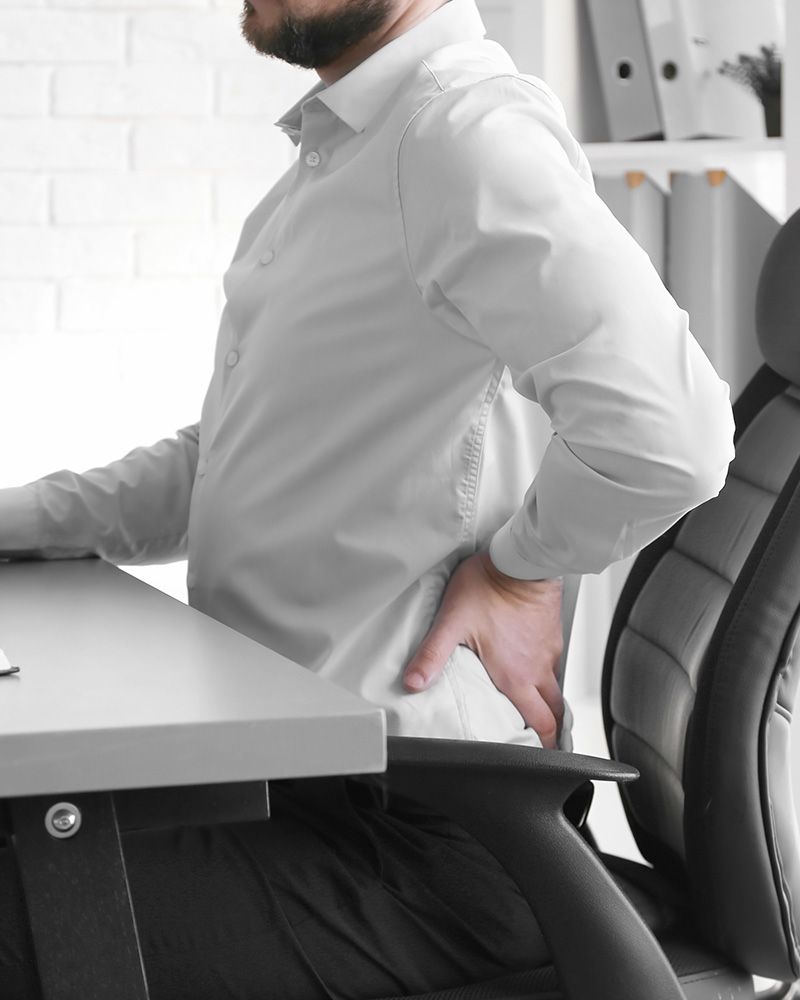
-
Testimonials
I had a long history of instability in my jaw (TMJ) when I first visited The Clinic. I initially sought treatment because I was having difficulty speaking and eating, and had developed pain and cramping as well which was new for me. I hadn’t had much success getting relief in Christchurch. the frustration of trying to find someone who understands your situation can wear you down. I think this was the most refreshing thing about Di and Pip, was that they genuinely wanted to do something to help, and were willing to learn and trial new things. TMJ issues can be caused by many things, and I wasn’t put into a one size fits all box when it came to treatment - it was relevant to me and most importantly looked at the cause of my problems even though they were long term. This was the most useful treatment I had across all the medical disciplines, and I would highly recommend visiting The Clinic if you have similar problems as management of the condition can be possible.
by Kate Pagan, McKenzie College
-
Testimonials
I first came to The Clinic with a hip problem having been told I needed a hip replacement. A year down the tack and I am pain free, active and definitely have no plans for surgery in the near future.
by confidential client
Make an inquiry
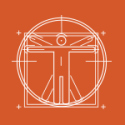

Visit Us
(overlooking Timaru Botanic Gardens)
Hours
Sat & Sun - Closed